They may be small and they may be young, but the Royals can score.
Teamwork was the name of the game on Thursday for Port Jefferson: Freshman midfielder Matt Murphy tallied four of his team’s 19 goals on the way to a near shutout of Mercy, 19-1, as senior attack Marco Scarda and junior attack Brian Mark added hat tricks, and six other Royals scored or assisted in the team’s win.
“They work hard together,” Port Jefferson head coach Taylor Forstell said. “The more offensive threats you have in any game, the more it’s going to help your team out. A lot of these guys don’t necessarily get a lot of game time, so it’s good that they can come out here and be offensive presences and compete.”
Senior midfielder Max Scandale started the scoring off just over a minute into the first quarter after he swiveled around defenders and shot through traffic for a 1-0 lead. Seconds later, freshman attack Nick Koban scooped up a turnover off the draw and passed to senior midfielder Shane Bruno in front, who found the back of the cage. Scarda scored unassisted next, and then sophomore midfielder Thomas Mark looped around the cage and faked a pass outside to confuse the defense, instead feeding the ball to junior midfielder Chandler Sciara, who scored to give the team a 4-0 advantage.
Next was where Murphy stepped in, taking the ball to goal off a turnover at midfield, and with the goalkeeper hugging the left post, raced past while shooting the ball toward the far open corner.
“The teamwork was there, there was good passing and it wasn’t any singular guy,” he said of the team’s total effort. “We worked together.”
Murphy shot again seconds later and it was deflected in by Brian Mark, ending the first quarter with the Royals leading 6-0. Port Jefferson dominated the time of possession despite struggling at faceoff, as the team’s midfield and defense was able to force multiple turnovers all evening. Mercy held the ball in the final minute, racing into the Royals’ zone to try to get on the board, but Murphy stayed on a Mercy midfielder’s back, knocking the ball out of his stick and out of bounds for a turnover.
“The guys played hard,” Forstell said. “They came out from the first whistle, and to the last whistle they played hard. They stayed true to the game plan.”
The elder Mark scored unassisted to start off the second, and capped off the quarter with his hat trick goal. Murphy also added his second and third goals of the game in the second, as did Scarda.
“We put in a new offense the other day so that’s been helping get the ball around and get it to everybody so that we don’t have to rely on one or two people to carry the team,” Mark said. “Getting everyone else involved makes it more even and makes it harder for other teams to defend against us.”
By the end of the first half, Port Jefferson had a 15-0 lead on Mercy, which scored its first and only goal at the 10:48 mark of the third stanza.
“We did a good job of possessing the ball on offense, keeping it in our end, keeping it away from them so they couldn’t score — and then when it did go over there our defense did a good job of turning it over and getting it back to us,” Mark said. “It was a good job of keeping it on the offensive side and keeping it out of their hands.”
Mark said that despite the team not getting off to a strong offensive start in the beginning of the season, the team has began to click in the last couple of games. Although his Royals (3-6 overall, 3-3 in Division III) had four straight losses prior to their current three-game winning streak, the matchups were close battles, with two of the four being two-goal games.
Port Jefferson is looking to maintain a .500 league record to be in a good position for the playoffs. The Royals have five games left this season, with the next three matchups being against the top three teams in the division. Port Jefferson made it to the first round last year, despite still being a new program, and lost to Mattituck/Greenport/Southold, 16-8, in the Class C semifinals. The Mattituck team is currently at 5-1, while Babylon remains undefeated at 5-0.
“Last year it didn’t feel too good losing in the first round, so we’re looking to get to the county championship,” Mark said. “Once you get there, you never know what could happen.”











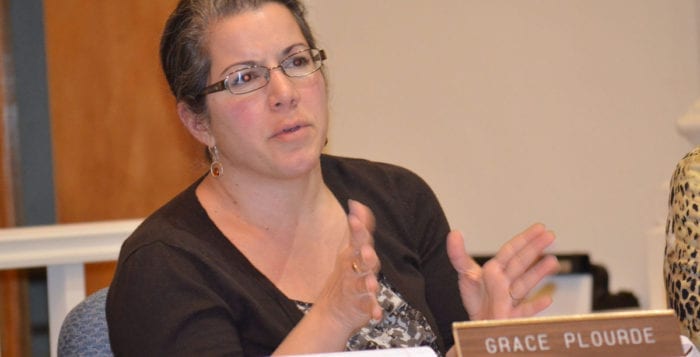
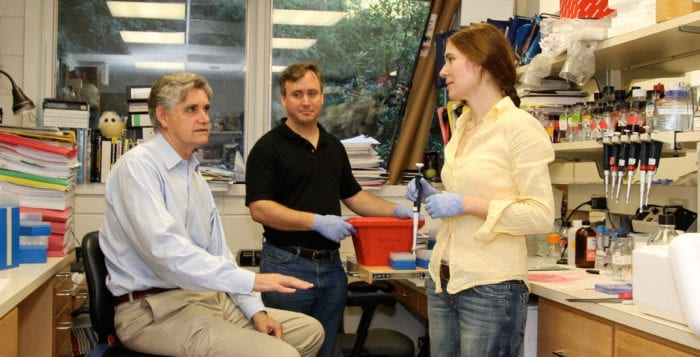






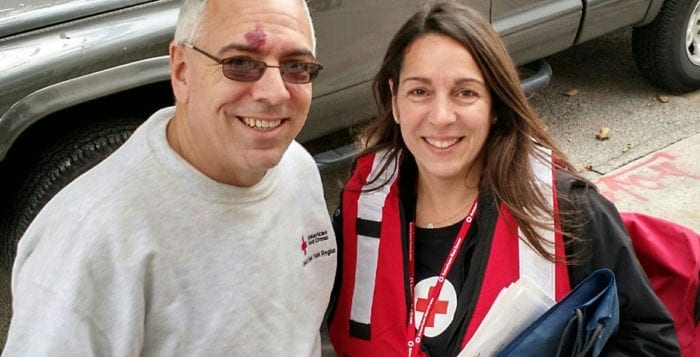
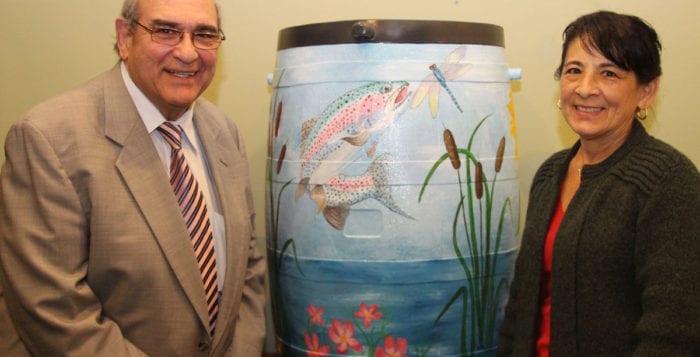

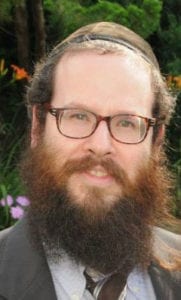 All of these rituals are reminders of the Jewish people’s exodus from Egypt 3,327 years ago, the birth of the Jewish nation. Our ancestor’s miraculous release from oppression to freedom has served as a source of inspiration for many generations and will do so for many more to come.
All of these rituals are reminders of the Jewish people’s exodus from Egypt 3,327 years ago, the birth of the Jewish nation. Our ancestor’s miraculous release from oppression to freedom has served as a source of inspiration for many generations and will do so for many more to come.


